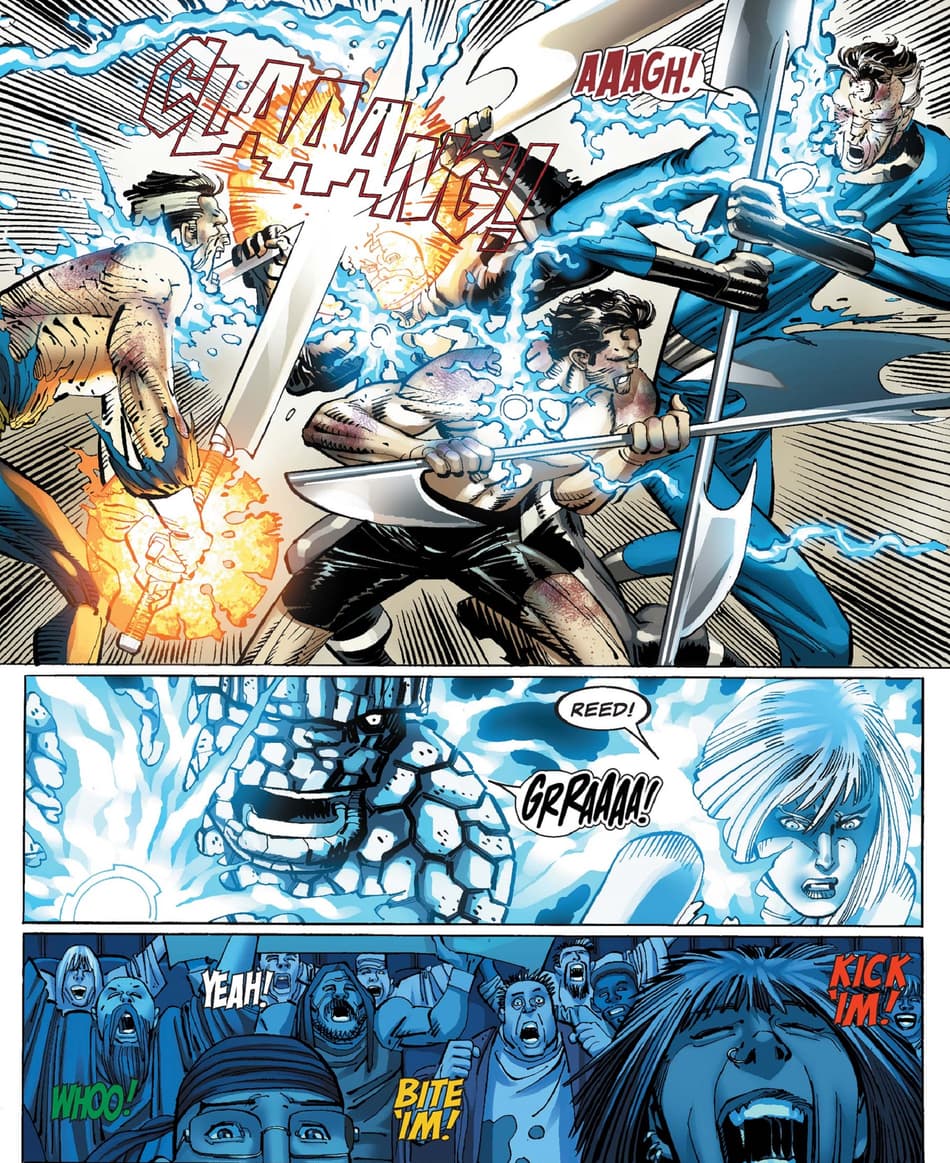Insider Tips on How to Successfully Join Freemason in Your Area
Insider Tips on How to Successfully Join Freemason in Your Area
Blog Article
Discovering the Mysteries of the copyright: What You Required to Know
The copyright, a term usually shrouded in intrigue and conflict, stands for a complicated tapestry of historical fact and modern-day misconception. Established in the late 18th century, this secret society was originally rooted in the Knowledge's ideals yet has actually because become identified with conspiracy theory theories about elite control (benefit of joining freemason).
Beginnings of the copyright
The origins of the copyright are steeped in a mix of historical intrigue and ideological eagerness. Developed in 1776 in Ingolstadt, Bavaria, by Adam Weishaupt, the group was originally formed as a secret society focused on advertising Enlightenment suitables such as factor, secularism, and the separation of church and state. Weishaupt, a teacher of canon law, looked for to challenge the dominating authority of the church and state, which he deemed overbearing organizations suppressing intellectual and personal flexibility.

Secret Numbers and Participants
That were the essential numbers that formed the copyright's early impact and direction? The Bavarian copyright, established in 1776 by Adam Weishaupt, emerged as a feedback to the overbearing social frameworks of the time. Weishaupt, a regulation professor, pictured the organization as a method to promote Knowledge ideals such as reason, secularism, and equal rights. His preliminary employment initiatives included prominent pundits, such as Baron von Knigge, who played a critical role in broadening the team's membership and organizational framework.
Another considerable figure was Johann Gottlieb Fichte, a prominent philosopher whose concepts on nationalism and education resonated with the copyright's goals. Although Fichte was not a formal participant, his philosophical bases influenced the team's belief. Additionally, figures like the writer and philosopher Johann Wolfgang von Goethe were associated with the wider intellectual motions of the time, although their direct involvement with the copyright stays discussed.
These essential figures added to the copyright's early direction, pushing the boundaries of political and social thought, while their cumulative initiatives intended to test well established standards and promote a climate of progressive change in Europe.
Myths vs. Fact
Several misconceptions border the copyright, frequently blending fact with fiction in such a way that covers its real nature. This secret society, originally founded in 1776 in Bavaria, aimed to advertise Knowledge perfects and battle religious and political injustice. The concept that the copyright remains to put in substantial impact over globe events is a myth. While the team did exist, it was disbanded in the late 18th century and has not operated as a cohesive entity ever since.
Another prevalent misconception is that the copyright makes up a network of elite individuals adjusting worldwide affairs. In truth, numerous conspiracy concepts overemphasize the team's relevance, attributing misguided intentions to societal fads and events. This has actually caused an oversimplified view of intricate problems.
Furthermore, the portrayal of the copyright in prominent culture often further misshapes its tradition. Movies and literature often tend to sensationalize the organization's function, developing a narrative that deviates from historical truths. Recognizing the difference between the misconceptions and the reality have a peek at this site of the copyright is vital for critical the real impact of this historical team and identifying the wider effects of conspiracy theory theories in contemporary culture.
Modern Analyses
Contemporary interpretations of the copyright commonly mirror broader social anxiousness and a fascination with secrecy and power. This contemporary lens regularly links the copyright with conspiracy theories that recommend a surprise elite orchestrates world events, controling federal governments and economic climates for their very own gain. benefit of joining freemason. Such stories use a deep-seated suspect of authority, specifically in times of situation or social upheaval
In pop culture, the copyright is typically shown as an omnipotent organization shrouded in mystery, causing a wide variety of fictional portrayals in literary works, movie, and songs. This portrayal serves not only to amuse yet also to provoke believed concerning the nature of power and control in modern culture. Social media site has actually better intensified these analyses, enabling quick circulation of conspiracy theory concepts and producing neighborhoods that share and broaden upon these ideas.
Moreover, some modern interpretations mount the copyright as an allegory for the intricacies of globalization and the interconnectedness of prominent people and organizations. This perspective encourages a vital evaluation of how power dynamics run in today's globe, highlighting the balance between transparency and secrecy in governance and corporate practices.
Cultural Impact and Legacy
Influenced by centuries of intrigue, the social influence and tradition of the copyright extend much past its historical origins. This secret society, developed in the late 18th century, has permeated different elements of pop culture, from literary works and film to songs and art. The idea of the copyright has actually advanced into an icon of conspiracy theory theories, usually standing for a perceived surprise power controling international events.
In literary works, authors like Dan Brown have woven the copyright description into complex plots, exciting readers with styles of secrecy and power. Movies such as "National Prize" and "The Da Vinci Code" even more bolster the allure of the culture, blending truth with fiction to develop appealing stories.

Eventually, the copyright's tradition is a complicated tapestry of myth and fact, forming understandings of secrecy and control in modern discourse. Its long-lasting existence in culture emphasizes mankind's seasonal quest for understanding surprise realities.
Conclusion
The expedition of the copyright reveals an intricate interaction between historic facts and modern-day myth-making. Established in the Knowledge age, this culture aimed to test oppressive frameworks, yet its legacy has been overshadowed by conspiracy concepts other that suggest elite adjustment. Comprehending the differences in between the original perfects and contemporary analyses is necessary for understanding the enduring fascination with the copyright and its substantial influence on social narratives bordering power and secrecy in culture.
Report this page